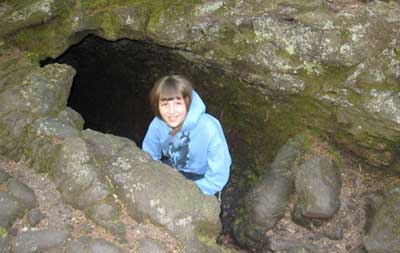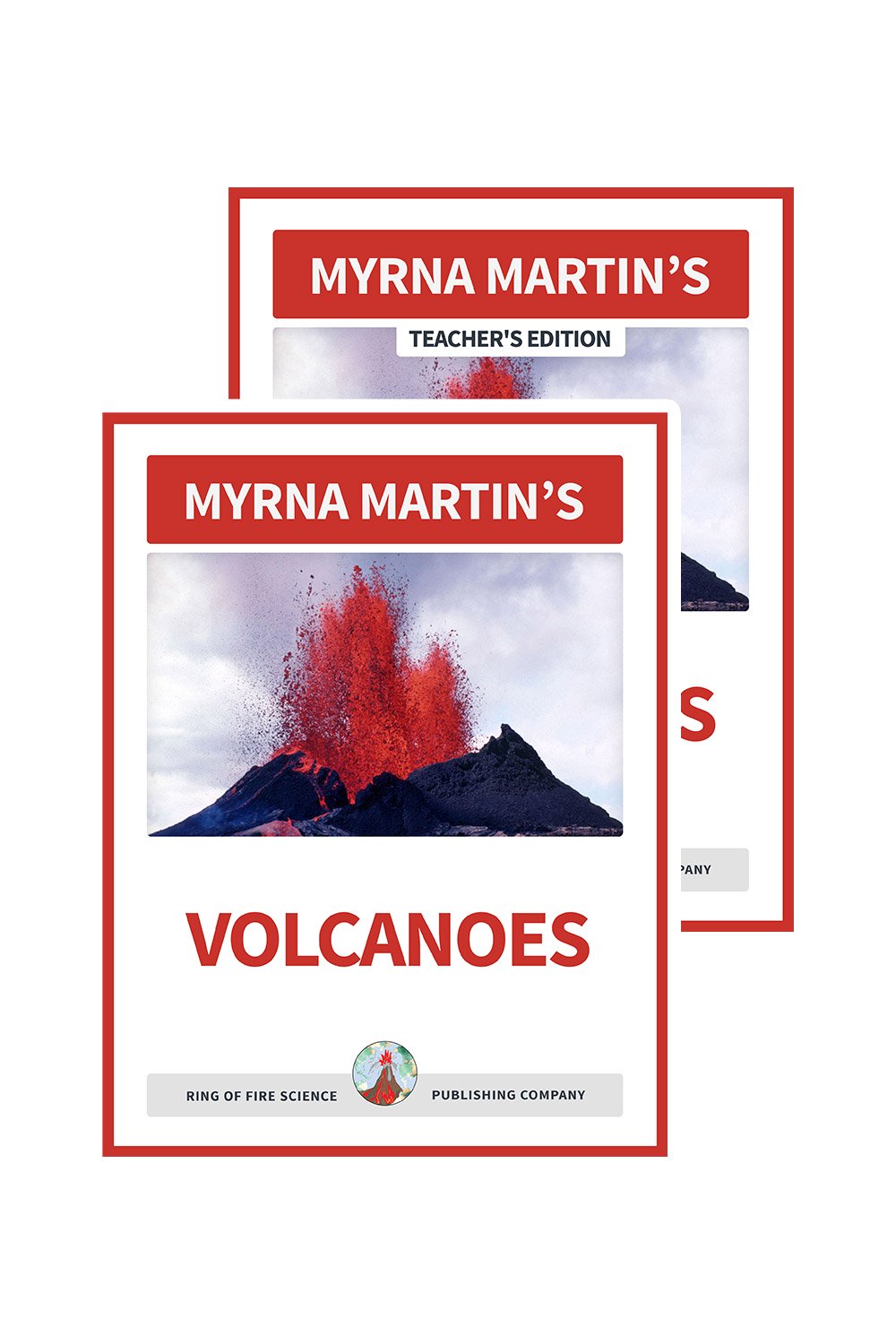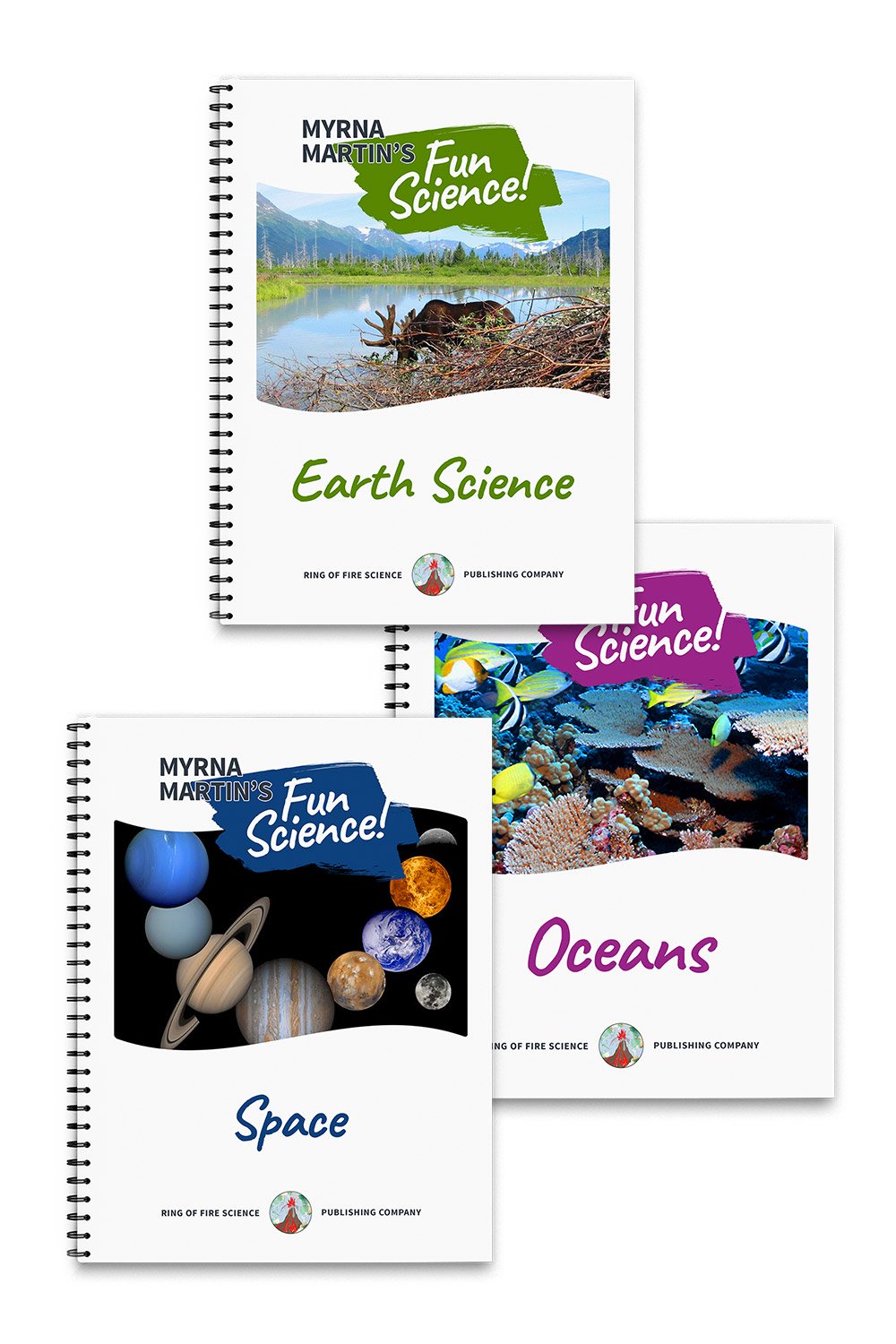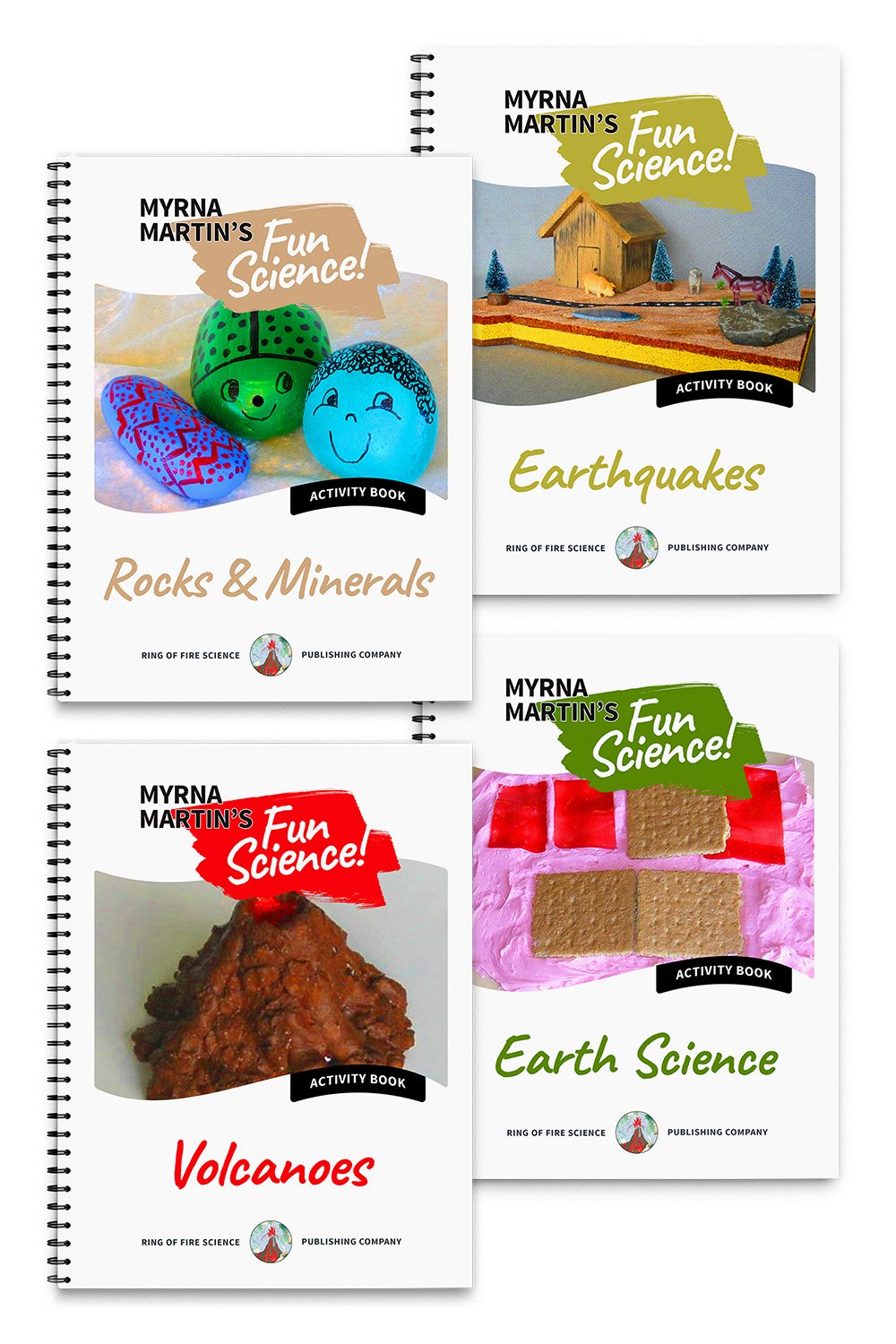Volcanoes for Kids
Volcanoes for kids
Our Volcanoes for Kids webpages contain fascinating facts about notorious volcanoes like Vesuvius and Krakatoa. The eruption of Vesuvius destroyed Pompeii and Herculaneum that were two resort towns in Italy for wealthy Roman families.
The eruption is the first known accurate account of the eruption of an explosive volcano. The two papers written by Pliny the Younger, a 17 year old Roman nobleman, for the historian Tacitus are the only known accounts of the eruption.
His description of the ash cloud was named for him. Plinian eruptions are mushroom shaped clouds that form during violent eruptions.
More facts about volcanoes for kids can be found by clicking on the various links on this page
Krakatoa eruption
The Krakatoa eruption was the first time researchers realized that pyroclastic flows could travel across the surface of the ocean to distant islands. The eruption caused devastating tsunamis to sweep across the ocean killing an unknown number of people. Some of the tsunami waves reached the British Isles.

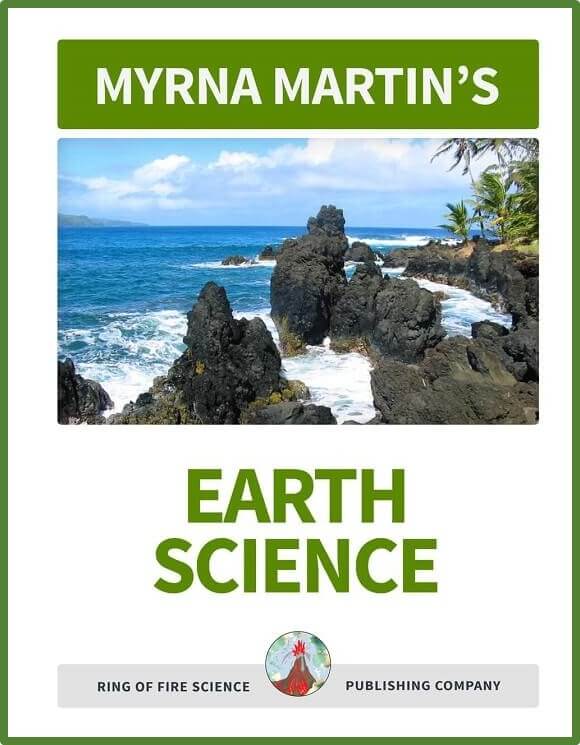
EZ Geology books on sale
The books are easier to use than any other science textbooks on the market.
Every chapter contains a hands-on activity, written information and a quiz. Students can work through their textbooks with little help from their teacher.
Pacific Ring of Fire volcanoes
Composite volcanoes form in subduction zones that ring the Pacific Ocean. There are so many volcanoes that the horseshoe shaped ring is called the Pacific Ring of Fire. On the continental side of these subduction zones great composite (stratovolcanoes) grow to great heights. On the ocean side of the subduction zones are thousands of seamounts. The Alaskan volcanoes all formed in a subduction zone in the Ring of Fire as the Pacific Plate subducts beneath the North American Plate in the North Pacific Ocean.
Recycling oceanic plates
Subduction zones are places where the oceanic plates are recycled as they are forced beneath the lighter continental plates. The leading edge of the oceanic plate melts and the molten rock collects in magma chambers to erupt as new rocks on our planet. On the opposite side of the oceanic plate is a divergent boundary where new oceanic crust forms. These are the newest rocks on our planet.
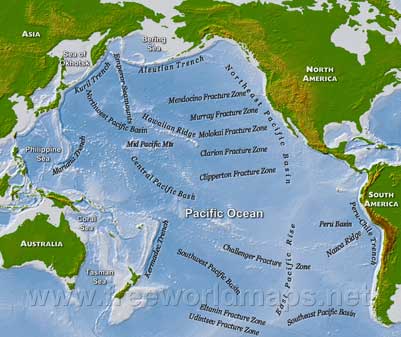 Map Pacific Ocean basin
Map Pacific Ocean basinPacific Ocean Basin
The Pacific Ocean basin is the home of towering composite volcanoes, shield volcanoes and thousands of submarine volcanoes. Submarine volcanoes have formed over hot spots in the middle of the Pacific Plate. Study the map and see if you can find the Hawaiian Ridge and the Hawaiian-Emperor seamounts. The tracks of the seamounts can be seen all the way from the Hawaiian Islands to the Aleutian Trench in the North Pacific Ocean.
Mauna Loa and Tamu Massif volcanoes
Find out about the size of Mauna Loa volcano that has been considered the largest shield volcano on our planet until 2013 when a report was published about Tamu Massif. Today geologists believe Tamu Massif is a great deal larger than Mauna Loa. It is being compared to Olympus Mons, the largest known volcano in our Solar System that is located on Mars.
All volcanoes erupt molten rock during volcanic eruptions. The huge size of Mauna Loa and Tamu Massif are the result of molten rock from the upper mantle flowing out of a volcano vent onto the ocean floor. The basalt lava is very fluid and forms thin layers of lava on the flanks of these huge shield volcanoes. The result is a shield shaped volcano with a broad base and gently sloping sides.
More Volcano Links
|
Volcanoes for Kids |
Pompeii Eruption |
KIDS FUN SCIENCE BOOKSTORE
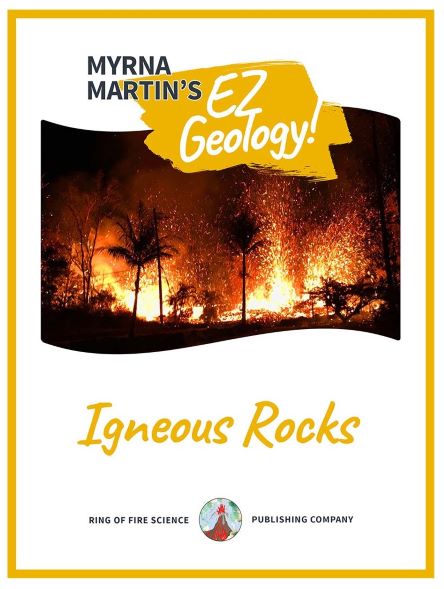 |
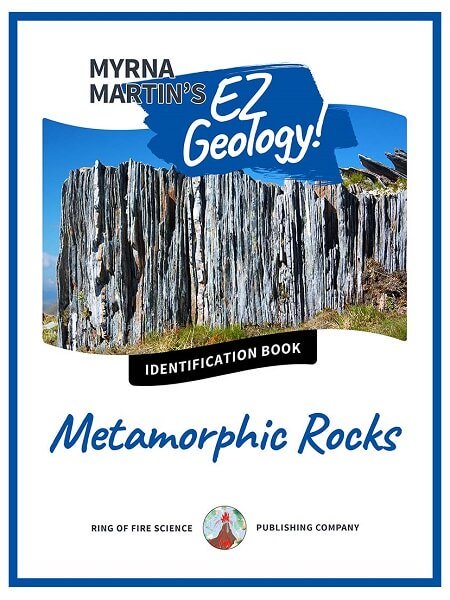 |
Check out Myrna Martin's award winning textbooks, e-books, videos and rock sets. The Kids Fun Science Bookstore covers a wide range of earth science topics. Click here to browse.
Sign up to our monthly newsletter and receive our FREE eBook containing 3 fun activities that don’t appear in any of our other books!
The Kids Fun Science monthly newsletter will include the following: current events, weird and fantastic facts, a question of the month, science trivia and the latest new content from our website.
We respect your privacy and you can be assured that we will never share your email address or use it for any other purpose than to send you our newsletter.


